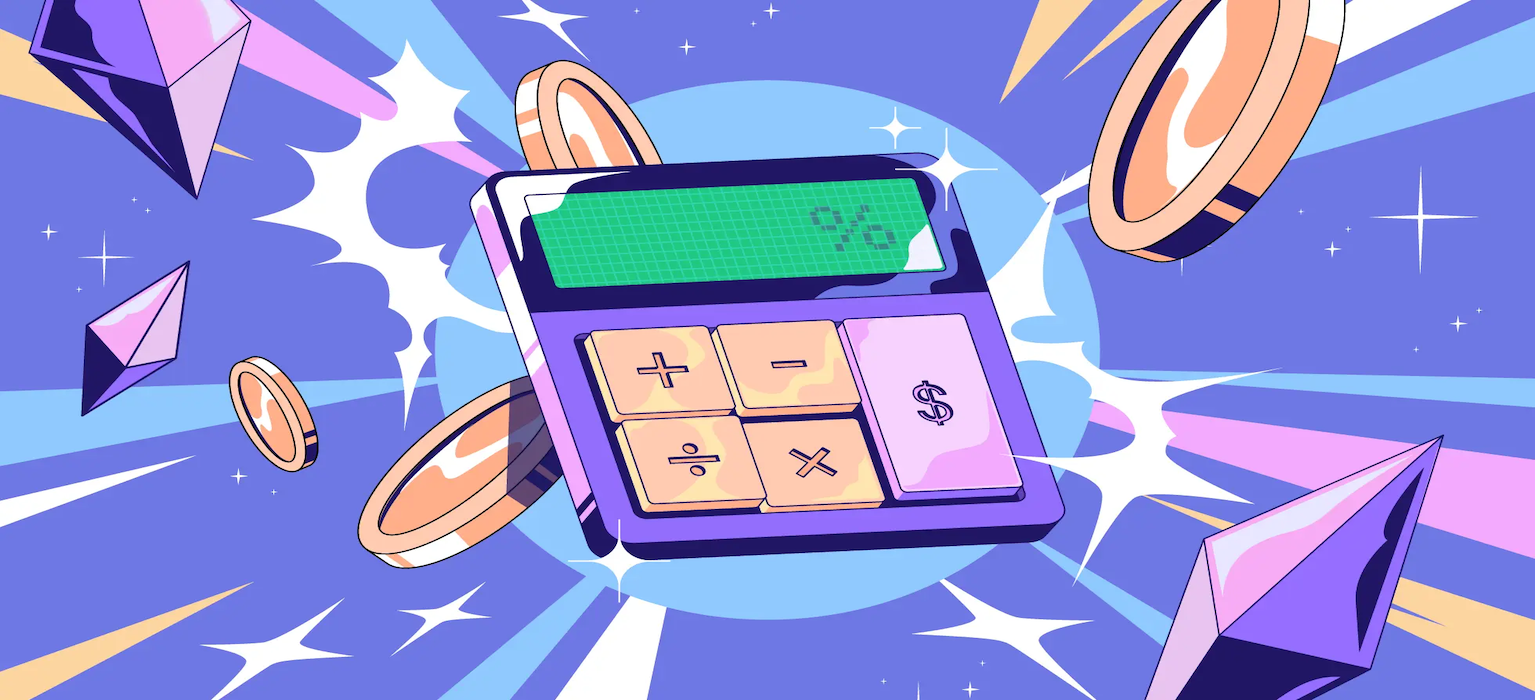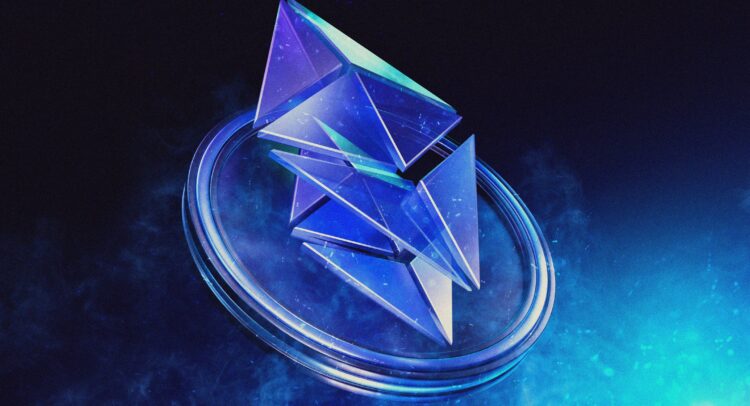
According to COINOTAG News, the highly anticipated “Token of Love Hong Kong Music Festival”, organized by Gate.io, is set to launch on February 19, 2025. This event promises to be
CoinOtag
You can visit the page to read the article.
Source: CoinOtag
Disclaimer: The opinion expressed here is not investment advice – it is provided for informational purposes only. It does not necessarily reflect the opinion of BitMaden. Every investment and all trading involves risk, so you should always perform your own research prior to making decisions. We do not recommend investing money you cannot afford to lose.
The Difference Between Cryptocurrency Hard Forks and Airdrops

In the world of cryptocurrency, airdrops and hard forks are common. Though in distinct ways, they both introduce new currency. Investors and users can manage changes in blockchain networks more easily if they understand these ideas. What Is a Hard Fork? A hard fork occurs when a blockchain splits into two distinct networks. It happens as a result of modifications to the blockchain’s code that render the previous version incompatible. Developers, network users, or the community may suggest modifications to improve functionality, security, or speed. The network can break up if the community is not entirely in agreement. The fork allows both cryptocurrencies to share the same blockchain history up until the block where the fork occurred; thereafter, each independent blockchain continues on its own. Reasons for Hard Forks: Fix security vulnerabilities. Improve transaction speed or efficiency. Add new features to the network. Resolve disagreements within the community. One famous example is Bitcoin Cash. It split from Bitcoin in 2017 because some developers wanted larger block sizes for faster transactions. Another well-known hard fork is Ethereum Classic, which split from Ethereum after a major hack in 2016. What Is an Airdrop? Airdrop means free distribution of new cryptocurrency into the wallets of users. Developers do this to promote their project and gain new users. Airdrops can happen for many reasons, such as marketing campaigns or rewarding loyal users. Unlike hard forks, airdrops do not require a blockchain split. Instead, developers send new tokens to existing wallet holders. Sometimes, users must complete tasks like signing up for a newsletter or following a social media account to receive the tokens. Reasons for Airdrops: Promote a new project. Reward loyal users. Increase awareness and adoption. Encourage trading and market activity. Some well-known airdrops that gained value include UniSwap (UNI), dYdX, Arbitrum (ARB), and ApeCoin (APE). However, many airdrops end up worthless because they fail to gain interest or utility. Key Differences Between Hard Forks and Airdrops Feature Hard Fork Airdrop Blockchain Split Yes No Requires User Action Sometimes Often (to claim tokens) Purpose Improve or change a blockchain Promote a new project Coin Distribution Users get new coins from the fork Users receive free tokens Example Bitcoin Cash, Ethereum Classic UniSwap, Arbitrum , ApeCoin Are Airdrops Worth It? Many airdrops end up worthless. When people get free tokens, they often sell them immediately, causing prices to drop. However, some airdrops become valuable if the project succeeds. If an airdrop token gains utility and demand, it may increase in value over time. Can You Make Money from Airdrops? It is possible, but not guaranteed. Some airdrops, like UniSwap’s UNI token, gained significant value. Others became worthless because they failed to attract enough users or investors. Researching projects before participating in an airdrop is essential. Are Hard Forks Good or Bad? Hard forks can be both positive and negative. Changes might strengthen a blockchain if the improvements are observed and supported by the community, while on other occasions, a fork can just lead to more confusion and fragmented user bases. Success in this respect is about adoption and, ultimately, market demand. Hard forks and airdrops both introduce new cryptocurrencies but in different ways. Hard forks result from blockchain changes, while airdrops are marketing tools to distribute new tokens. Understanding these concepts can help crypto investors make better decisions. Investing always requires research, be it new coins coming from a hard fork or an airdrop, since not all projects end in success but just disappear in a puff of smoke. Know the risks. CoinOtag

2 no-brainer mid-cap cryptocurrencies to buy in February
The cryptocurrency market has experienced one of its most severe liquidations in history, wiping out $2.24 billion in value within 24 hours, with total estimates reaching as high as $10 billion . Bitcoin ( BTC ) continues to struggle past the $100,000 mark, as risk-off sentiment grips investors amid escalating global tensions. Yet, even as panic selling dominates certain mid-cap cryptocurrencies—those with market capitalization between $1 billion and $100 billion, are emerging as strong picks for long-term growth. Among them, Solana ( SOL ) and Chainlink ( LINK ) stand out as two no-brainer picks for February, supported by on-chain activity and institutional interest. While short-term price swings persist, these assets could offer strategic entry points for investors looking to capitalize on the market downturn. Solana (SOL) Currently trading at $198.15, with a market cap of $96 billion, Solana is the second-largest blockchain by DeFi total value locked (TVL), surpassing Tron ( TRX ) in Q4 2024. Solana seven-day price chart. Source: Finbold According to the State of Solana Q4 2024 report by Messari , its DeFi TVL surged 64% QoQ to $8.6 billion, driven by major protocols like Raydium, Kamino, and Jupiter Perps, fueled by memecoin and AI token speculation. Institutional investors are also taking note. VanEck projects SOL could reach $520 by 2025, citing Solana’s rising market share in the smart contract platform (SCP) sector, which is expected to grow from 15% to 22% by the end of 2025. The firm highlights Solana’s developer dominance, expanding decentralized exchange ( DEX ) volumes, and growing base of active users as key factors supporting its long-term bullish outlook. Furthermore, the SEC’s recent acknowledgment of Grayscale’s Solana ETF filing marks a notable shift in regulatory tone, opening the door for potential institutional inflows. Given its remarkable growth in DeFi, surging revenue expansion, and rising institutional interest, Solana stands out as a buy, with multiple catalysts fueling its upside potential heading into 2025. Chainlink (LINK) Chainlink is emerging as a standout in the altcoin market, with institutional accumulation and network activity hitting multi-month highs. LINK seven-day price chart. Source: Finbold Currently trading at $19.25 with a $12 billion market cap, LINK has seen its highest whale activity in 14 months, with 1,659 transactions exceeding $100,000—the most since December 6, 2023—and 9,531 unique active addresses, the highest since December 11, 2024, according to Santiment. Beyond on-chain activity, Chainlink’s fundamental expansion in DeFi and traditional finance continues to drive its long-term outlook. The Ronin Ecosystem, a major gaming blockchain, has integrated Chainlink’s Cross-Chain Interoperability Protocol (CCIP) to enable cross-chain asset transfers. Furthermore, Chainlink’s influence extends into traditional finance. Notably, 21X, a fintech firm in Europe, has integrated Chainlink’s infrastructure to support tokenized securities. This move strengthens its relevance in some of the world’s most tightly regulated financial markets. As the altcoin market prepares for a potential rebound, LINK remains one of the top assets to watch, backed by growing real-world utility and increasing investor confidence. With strong on-chain metrics, rising adoption, and growing institutional interest, Solana and Chainlink emerge as top picks for investors eyeing significant upside in the next phase of the altcoin market’s expansion. However, given the cryptocurrency market’s inherent volatility, traders must remain vigilant, closely tracking trends and developments to navigate risks and capitalize on opportunities. Featured image via Shutterstock The post 2 no-brainer mid-cap cryptocurrencies to buy in February appeared first on Finbold . CoinOtag











